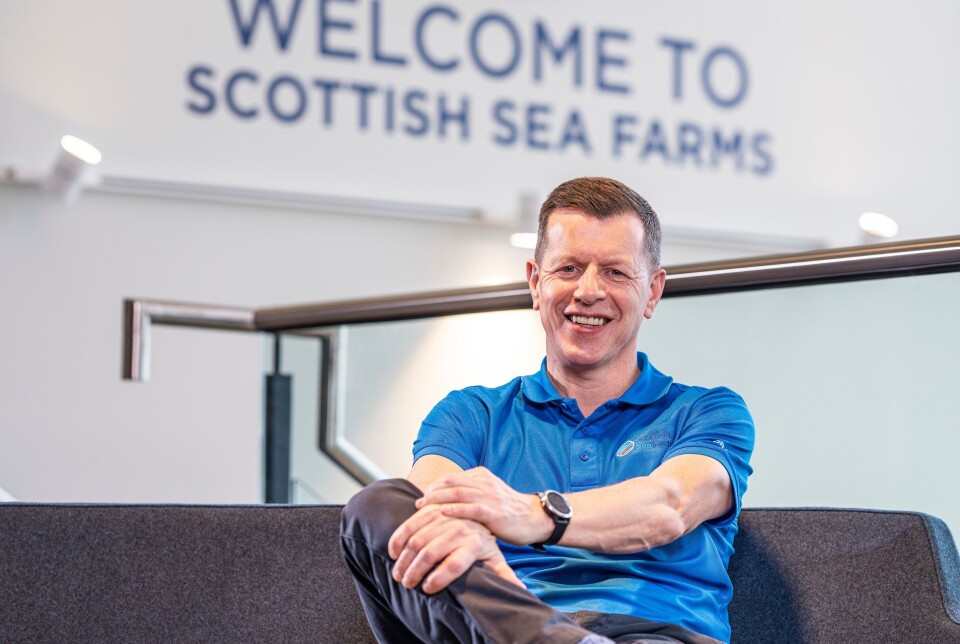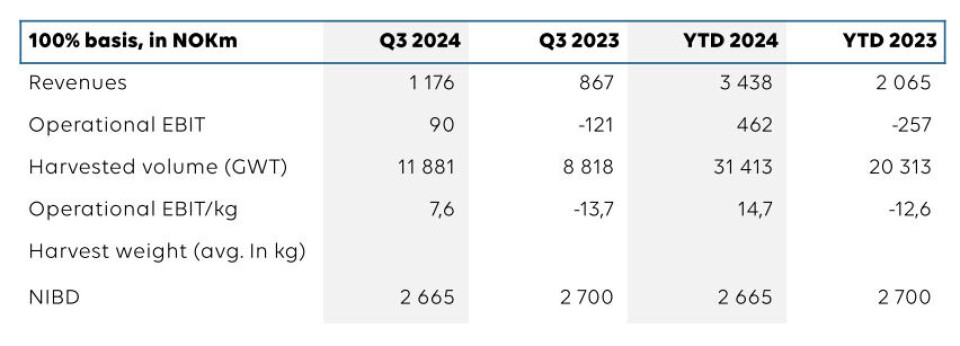
Scottish Sea Farms raises harvest guidance after strong third quarter
Mitigation measures and investments are delivering real results, says managing director
Scottish Sea Farms (SSF) enjoyed a strong turnaround in fortunes in the third quarter of this year compared to the same period in 2023, new figures from co-owner Lerøy Seafood Group show.
SSF, currently Scotland’s second biggest fish farmer by harvest volume, made an operating profit of NOK 90 million (approximately £6.37m at current exchange rates), compared to an operating loss of NOK -121m in Q3 2023.
Harvest volume was 11,881 gutted weight tonnes (Q3, 2023: 8,818 gwt) and operational EBIT per kilo was NOK 7.6 (NOK -13.7). Revenue in Q3 amounted to NOK 1.176 billion (NOK 867m).
Harvest guidance raised
SSF harvested 31,413 gwt in the first nine months of this year (2023: 20,313 gwt) and has raised its harvest guidance for 2024 by 3,000 gwt to 40,000 gwt.
The harvest volume next year is expected to lower to 32,000 gwt due to the impacts of SSF’s policy of changing to fewer but larger sites, but the long-term potential is significantly higher, Lerøy wrote in a presentation accompanying its Q3 2024 report.

The third quarter has been a difficult one for Scotland’s salmon farmers in the past couple of years due to the increased biological challenges that occur when the seawater is at its warmest. Companies have invested heavily in vessels and equipment to carry out freshwater treatments that can alleviate sea lice and gill problems.
SSF managing director Jim Gallagher said: “The many mitigation measures put in place over the last 18 months, combined with significant ongoing investment including the relocation and consolidation of farms, are delivering real results.
“Fish growth is strong, harvest sizes are amongst our best ever and average annual survival to date is at its highest in three years, helping return the company to its previous strong biological and financial position.
“As with all farmers however, we remain vigilant to the challenges of a changing climate and continue to adapt our practices as required.”

























































